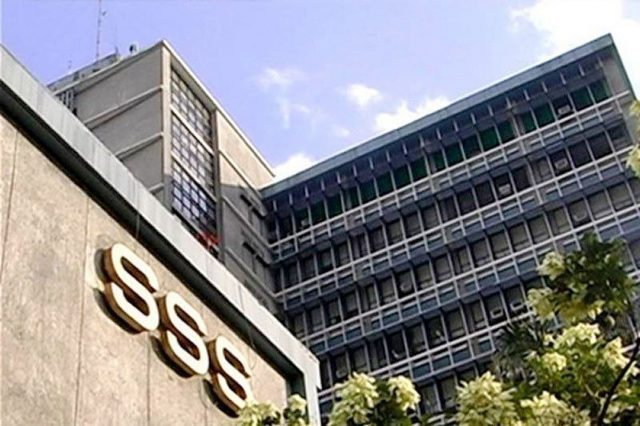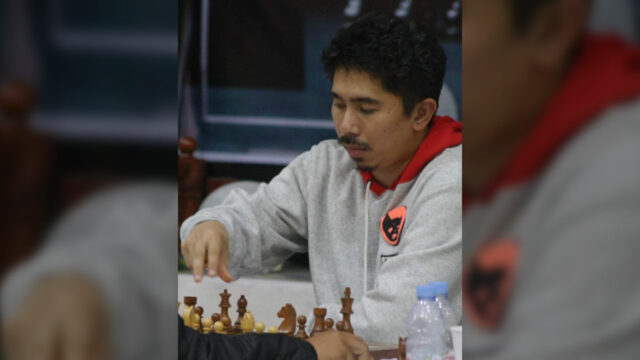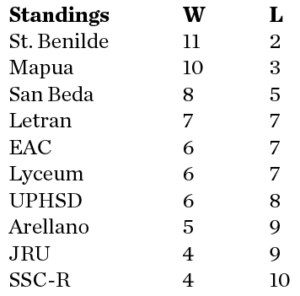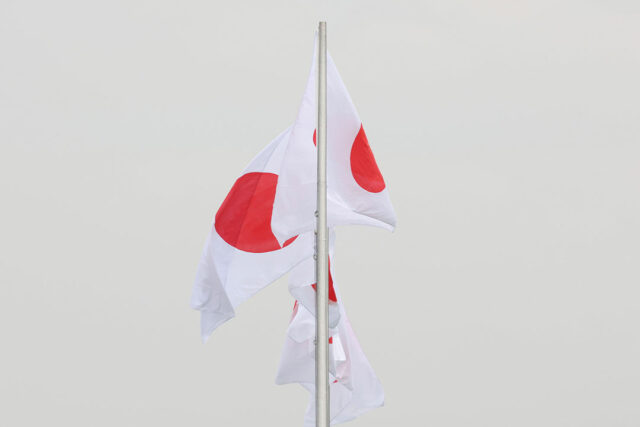WASHINGTON — Low growth, high debt and escalating wars topped the official agenda at the International Monetary Fund (IMF) and World Bank annual meetings, but finance leaders spent much of their energy worrying about the potential impacts of a return of Donald Trump to power in November’s US presidential election.
Republican candidate Mr. Trump’s gains in recent polls to erase much of the early advantage of his Democratic opponent, Vice-President Kamala Harris, was part of nearly every conversation among finance officials, central bankers and civil society groups attending the meetings in Washington this past week.
Among concerns were Mr. Trump’s potential to upend the global finance system with massive tariff increases, trillions of dollars more in debt issuance and a reversal of work to fight climate change in favor of more fossil fuel energy production.
“Everyone seemed to worry about the high uncertainty on who would become the next president, and what policies would be taken under the new president,” Bank of Japan Governor Kazuo Ueda said.
Another central banker, speaking on condition of anonymity, described the concerns more bluntly: “It’s starting to feel like Trump is going to win.”
Mr. Trump has vowed to impose a 10% tariff on imports from all countries, and 60% duties on imports from China. These would hit supply chains throughout the world, likely triggering retaliation and raising costs.
German Finance Minister Christian Lindner told Reuters on Friday that there would only be losers in a US-European Union trade war.
Mr. Trump has also sought to entice US voters with offers of numerous tax breaks, from extension of all 2017 individual tax cuts to exempting income from tips, overtime pay and Social Security retirement benefits. Budget analysts say this would add at least another $7.5 trillion in new US debt over a decade, on top of the $22 trillion in debt growth previously estimated by the Congressional Budget Office through 2034.
A Harris victory, by contrast, is being viewed by finance officials as a continuation of President Joseph R. Biden’s re-engagement in multilateral cooperation over the past four years on climate, corporate taxes, debt relief and development bank reforms. Her plans also are likely to increase debt, but far less than Mr. Trump’s.
Mr. Biden kept in place Mr. Trump’s previous tariffs on imports of steel, aluminum and Chinese goods — raising them steeply on Chinese imports in new industries such as electric vehicles and solar. Mr. Harris has endorsed this “targeted” approach and has slammed Mr. Trump’s broad tariff plans as a $4,000 consumer tax on American families.
MARKETS BET ON TRUMP
Financial markets are seeing a return of “Trump trades” in assets from stocks to bitcoin to the Mexican peso that bet in favor of a Trump victory as his poll numbers have improved.
The dollar has staged its biggest monthly gain in over two and a half years, with an index measuring the greenback against major currencies up 3.6% in October so far. Standard Chartered analyst Steve Englander attributed 60% of the dollar’s move upward to Mr. Trump’s improved prospects in betting markets.
Brazil’s central bank chief Roberto Campos Neto said that the pro-Trump market bets were already having an inflationary impact on long-term interest rate futures in the dollar-sensitive economy, adding that both Trump’s and Harris’ fiscal plans had inflationary elements.
The worries about a Trump about-face on trade and spending arose as the IMF declared that the global battle against inflation had largely been won without major job losses, as U.S. strength was offsetting weakness in China and Europe.
IMF Managing Director Kristalina Georgieva urged policy makers to start shrinking a massive pile of COVID-induced debt or face a low-growth future that would leave populations increasingly dissatisfied.
Asked about how the specter of a Trump return impacted the meetings and IMF policy advice, Ms. Georgieva said the discussions had focused on solving the economic problems at hand.
“The sentiment of the membership is that elections are for the American people,” Ms. Georgieva told a news conference. “What is for us to identify is what are the challenges and how the IMF can constructively address these challenges.”
EMERGING STRAINS
The Federal Reserve’s bumper half-point rate cut should normally signal a “Goldilocks” moment for emerging-market growth as financing conditions and inflationary currency pressures ease.
But bigger US deficits under a Trump presidency already have some worried that the party could end quickly.
“A larger deficit means growing debt, growing debt means higher long-term rates and that may mean also a strong US dollar,” Turkish Finance Minister Mehmet Simsek said during an event on the sidelines of the meeting.
“High long-term interest rates in the US and a strong dollar don’t serve emerging markets well,” he said.
Concerns of a tit-for-tat global trade war stalling an easing of inflation pressures were rife.
“If one country imposes tariffs, it’s assuming that the other countries will not respond in that manner — (but) if the other countries respond by imposing tariffs around the world and thus you have elevated prices, the disinflationary process could become challenging for the world’s central banks,” said Lesetja Kganyago, South Africa’s central bank governor.
The chair of the IMF’s steering committee, Saudi Arabian Finance Minister Mohammed Al-Jadaan, emphasized past cooperation with Republican and Democratic US administrations, including Mr. Trump’s, saying “we just need to make sure that we continue that dialogue.” That was a sentiment echoed by others at the meetings.
“I think we managed to deal with so many things, COVID and geopolitical tensions and everything,” said Angolan Finance Minister Vera Daves de Sousa. “Every challenge is an opportunity for us to reorganize ourselves to learn to deal with it.” — Reuters














